Climate Propagandas. Stories of Extinction and Regeneration, by visual artist and propaganda researcher Jonas Staal. Published by The MIT Press.
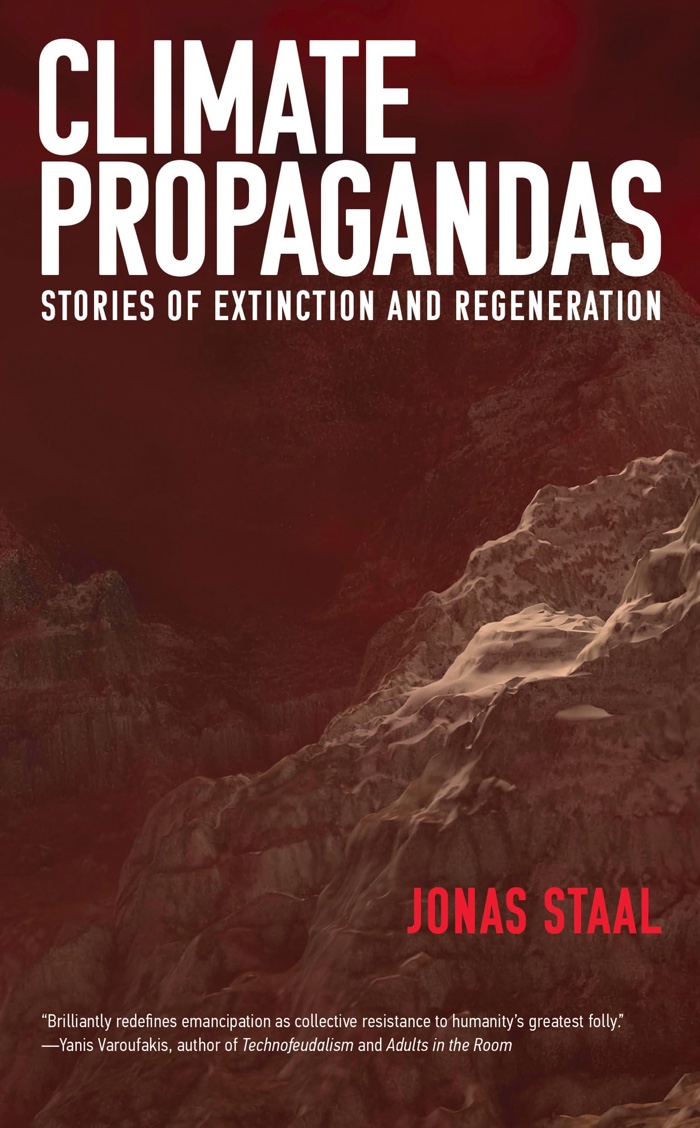
In a world governed by total disregard for our climate future, the planet and its inhabitants –human and non-human alike– are in desperate need of what Staal calls “transformative climate propaganda,” stories of reparation and regeneration that propagate for a world against and beyond extinction, stories of meaningful collective survival and even comfort. That’s what this book is about. I opened it during one of the many power cuts we experience where i’m living at the moment. I read it from cover to cover in a couple of days. It’s that good: well written, informative, entertaining and always pertinent.
Since these stories of reparation belong to the field of propaganda studies, Staal takes the time to explain the importance of propaganda. Propaganda, he believes, is the process through which power shapes the construction of a different reality and, from there, makes new worlds emerge. Propaganda should not be left solely in the hands of authoritarians and dictators, it can also be used to make worlds that are structured on principles of equality, justice and collectivity.
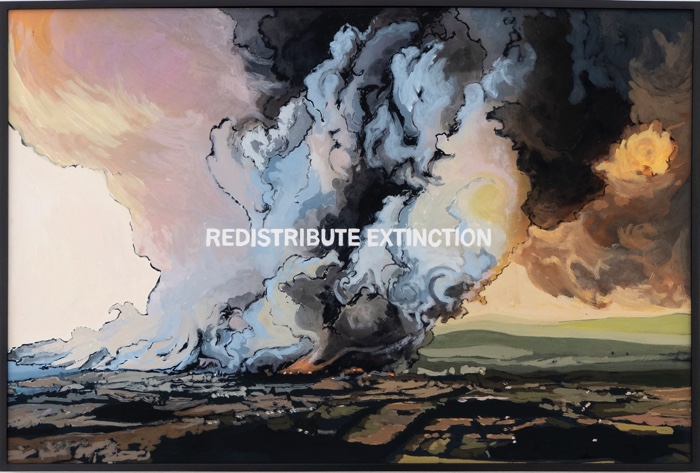
Jonas Staal, Redistribute Extinction, 2023

Liberate Tate performance on April 20, 2011, in Tate Britain on the anniversary of the Deepwater Horizon explosion. Photo: Amy Scaife
The author then dissects the master narratives and cultural imaginaries behind models of climate propaganda that refuse divestment from fossil fuel extraction. He identifies four of them: liberal climate propaganda, libertarian climate propaganda, conspiracist climate propaganda, ecofascist climate propaganda. They are deployed by powerful people and entities who put their own ecocidal interests above the ones of every other forms of life, be they human or non-human.
Liberal Climate Propaganda reduces the reality of our deeply interdependent world to the individual. The burden of keeping the climate breakdown under control is on you, but your role is clear: buy “green” to save the planet, buy credits to compensate emissions, plant a tree to make up for your flight to Ibiza, etc. Although they might appease a few consciences (and make a few companies richer), none of these gestures addresses either the root causes of the crisis or the necessity of a collective, organised response.
Libertarian Climate Propaganda sees extinction as a chance for market expansion. Its proponents declare large parts of Earth and outer space as terra nullius that can be geo-engineered to create new habitats in the form of floating cities or colonies on Mars. These megalomaniac projects are imagined as sites of massive technological experimentation with no democratic oversight nor human rights guarantee. The “solutions” they offer, whether carbon-capture or floating infrastructures, are not really solutions, but rather the profitable consequences of the accelerationist planetary disasters the advocates of Libertarian climate propaganda actively contributed to engineering.
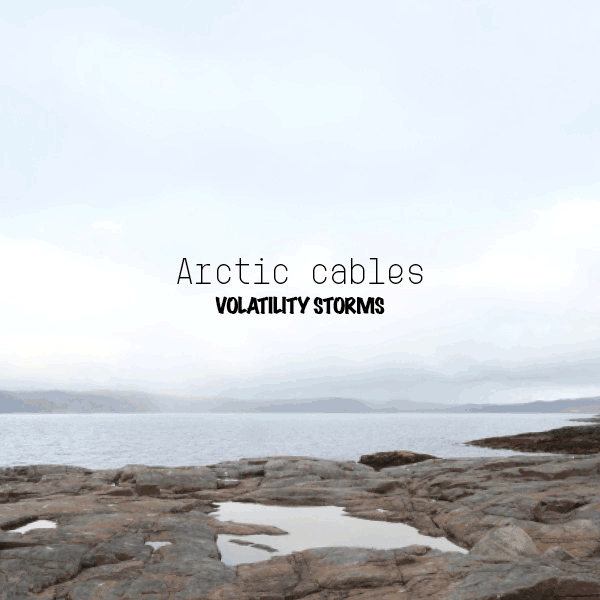
Femke Herregraven, Volatility Storms, 2014
Conspiracist Climate Propaganda. The conspirationists at the heart of this chapter are not QAnon aficionados, flat earthers and other usual suspects. They are Big Tech companies like Apple, Amazon, Alphabet, Meta and Microsoft who, despite their many pledges to become carbon-neutral in the coming years, dedicate only a fraction of their budgets to supporting climate policy. Confronting them means addressing the complex entanglement between political, economic and legal systems. The exercise is extremely dangerous. The thousands of disappearances of land and environmental defenders in Brazil, Colombia, Mexico, the Philippines and elsewhere are proof of this.
Along with the Right that denies the existence of climate catastrophe, there’s an emerging Right that regards the ecological breakdown as an opportunity to further their own genocidal agendas. They peddle Ecofascist Climate Propaganda and ask, “Who has the divine right, the racial superiority, to survive the climate collapse, and who does not?” Only those who fit their white supremacist heteropatriarchal agenda will stand a chance to be rescued. Climate migrants deemed “undesirable” will be rejected at the borders in the name of ecosystem protection.

Not an Alternative, Whale People: Protectors of the Sea, 2018

Andreas Malm and Didem Pekün, Disarm suvs, 2021
At the antipodes of the toxic propagandas described above, Transformative Climate Propaganda attempts to move from disaster capitalism to disaster care and repair. One of its aims is to make visible the reality of the climate catastrophe while propagating the realities that could emerge if social and political systems adapt to the climate breakdown. If it is difficult to imagine those realities, it is in part because so far, white men in the Global North have had the monopoly over the narratives related to the future of the planet. The climate crisis is a continuation of their colonial, imperialist and capitalist mindset. A moment of deep structural crisis like this one is an opportunity to marginalise those poisonous narratives and listen to communities that have already endured violence and existential threats: Indigenous peoples, racialised people, women, queer communities, people with disabilities and all those on the forefront of emancipatory political struggles.
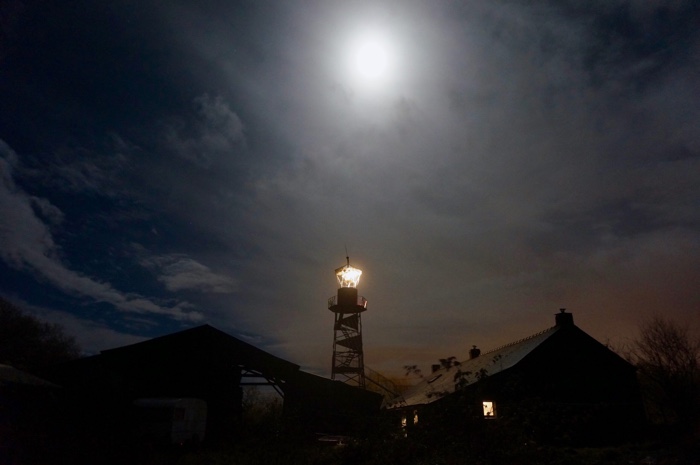
The Laboratory of Insurrectionary Imagination, The Illegal Lighthouse against an Airport and Its World, (2016). Photo: Jay Jordan
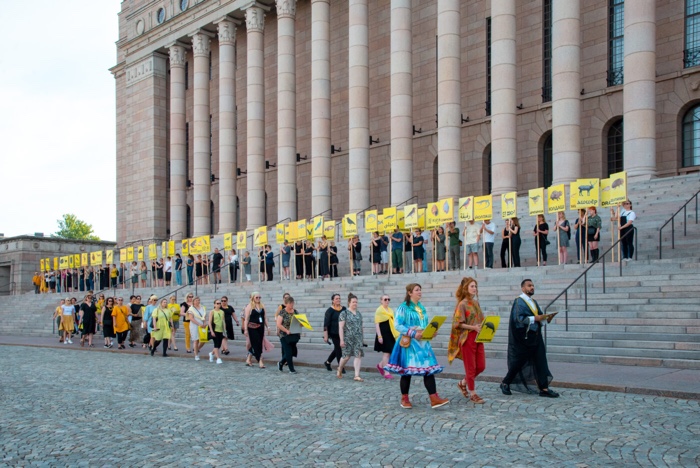
Radha D’Souza and Jonas Staal, Comrades in Extinction, 2022. Kansalaistori Square, Helsinski. Photo: Jonas Staal

Charl Landvreugd, Atlantic Transformerz: Ile de Ngor (still from video), 2014
I was particularly interested in Staal’s look at how indigenous communities contest and resist the ongoing policies of conquest and domination of the planet. For example, he mentions The Red Deal, a book published by the Indigenous coalition the Red Nation that attempts to combine the views championed by Indigenous, Black and leftist people and organisations. This coalition not only critiques the many blind spots of the “green industry” and the Green New Deal political proposals, but it also calls for a world in which land, resources and nonhuman animals are considered not property, but comrades in the struggle for a biosphere shared by all.
All along the book, the author uses examples from the fields of cinema, TV shows, literature, art, architecture and design, to flesh out each type of climate propaganda.
I loved the forward-thinking tone of the book. It gives readers a glimpse of a world that would be rooted in solidarities, fairness and greater rights for all life forms. It also clear that there’s nothing naive in Staal’s vision. The book also has combative tone. I’ll end with a quote from the book to illustrate what i mean by that:
“What needs to be declared extinct is an extractive system, and the concomitant mentality it propagates […] the illusion of growth, the illusion of stability, the illusion of progress, the illusion of individuality and sovereignty. These illusions are what need to go extinct in order not just to organize against extinction but to open the time portals to living worlds beyond extinction.”
